Rome wasn’t built in a day, and neither were the charming villages that dot the landscape around Italy’s eternal city. While millions flock to the Colosseum and Vatican each year, some of the most authentic Italian experiences lie just beyond the capital’s bustling streets. These ancient settlements have been quietly preserving their medieval charm, Renaissance architecture, and centuries-old traditions while Rome evolved into a modern metropolis.
The countryside around Rome is peppered with hilltop towns that feel like stepping back in time. Here are 19 ancient villages surrounding Rome that offer a perfect escape from the city’s crowds.
Tivoli
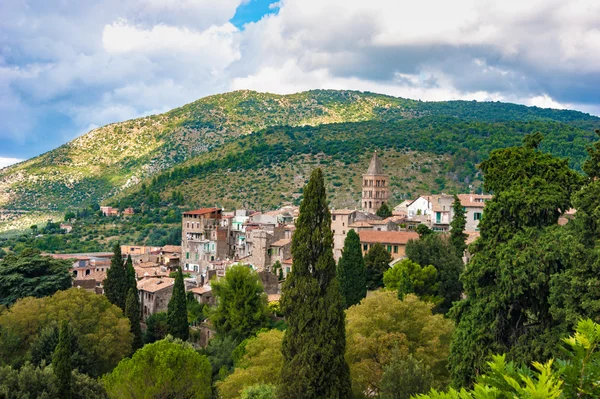
Just 20 miles east of Rome, Tivoli has been a retreat for Romans since ancient times. Emperor Hadrian built his massive villa here in the 2nd century, and the Renaissance brought Villa d’Este with its legendary fountains. The town itself wraps around steep hillsides like a stone blanket, with narrow streets that have echoed with footsteps for over 2,000 years.
You can easily reach Tivoli by train from Rome’s Tiburtina station in about an hour.
Frascati
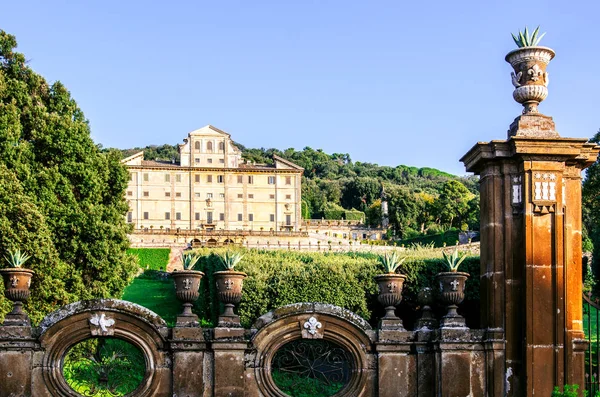
Frascati sits in the Alban Hills about 12 miles southeast of Rome, famous for its crisp white wine that has graced Roman tables for centuries. The town’s main draw is Villa Aldobrandini, a 17th-century papal villa with terraced gardens that offer sweeping views over the Roman countryside.
Pope families built their summer residences here to escape Rome’s heat, and you can still feel that aristocratic atmosphere today. The local restaurants serve the wine straight from wooden barrels, just as they did 400 years ago.
Like Travel Pug’s content? Follow us on MSN.
Castel Gandolfo
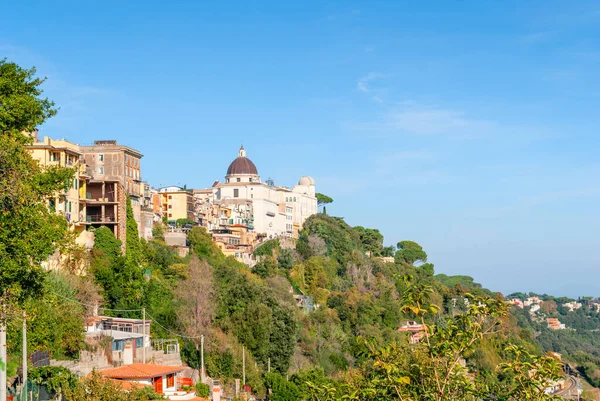
This lakeside town became famous as the Pope’s summer residence, perched on the rim of an ancient volcanic crater that’s now Lake Albano. The papal palace dominates the town square, but the real magic happens along the lake shore where Romans have been swimming and sailing since ancient times.
Narrow streets wind down from the palace to the water, lined with trattorias that serve fresh fish caught from the lake. The town feels like a Mediterranean resort, even though you’re still in the heart of Italy.
Subiaco

About 45 miles east of Rome, Subiaco clings to mountainsides in a way that seems to defy gravity. This is where St. Benedict founded Western monasticism in the 6th century, and his original cave monastery is still carved into the cliffsides.
The town center is a maze of medieval streets that wind between ancient stone houses, many built directly into the rock face. Two massive monasteries overlook the valley like medieval fortresses, connected to the town by stone bridges that span dramatic gorges.
Palestrina
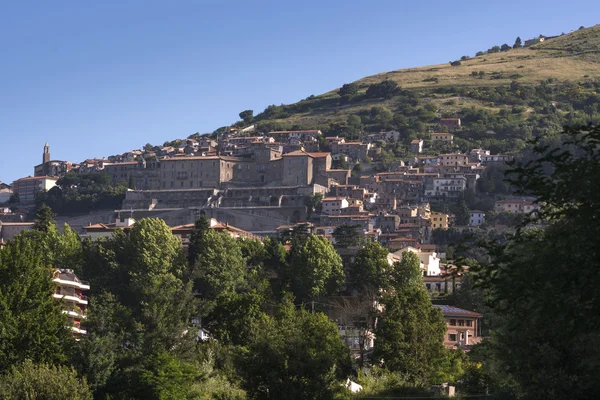
Ancient Praeneste was already old when Rome was young, built on terraces that climb up a steep hillside like giant steps. The town is famous for its temple to the goddess Fortuna, whose ruins form the foundation for much of the modern city.
Renaissance palaces sit directly on top of Roman foundations, creating a unique architectural layer cake that spans 2,500 years. The archaeological museum houses one of the world’s most spectacular ancient mosaics, depicting the Nile River in stunning detail.
Like Travel Pug’s content? Follow us on MSN.
Nemi
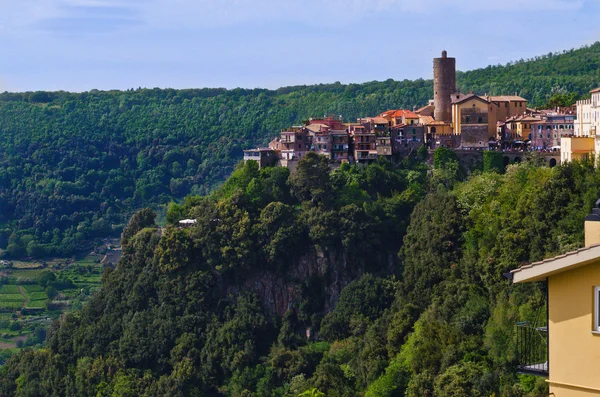
This tiny village sits on the rim of another volcanic lake, surrounded by strawberry fields that have been cultivated since Roman times. Nemi’s claim to fame comes from the massive Roman ships that Emperor Caligula built for his lake parties, later raised from the depths and displayed in a lakeside museum.
The town itself is barely more than a few streets, but every June it explodes with the Strawberry Festival when the whole place smells like fresh berries. Local restaurants serve strawberries with everything, including pasta sauces that would surprise most Italian purists.
Viterbo

About 50 miles north of Rome, Viterbo became the papal seat in the 13th century when the popes needed to escape Roman politics. The medieval quarter remains largely unchanged, with stone towers and Gothic palaces connected by covered walkways.
The town’s thermal springs have been drawing visitors since Etruscan times, and you can still soak in the same hot pools that relaxed medieval pilgrims. Viterbo’s machine-makers created some of the most sophisticated siege engines of the Middle Ages, and their engineering skills are still visible in the town’s innovative medieval architecture.
Orvieto
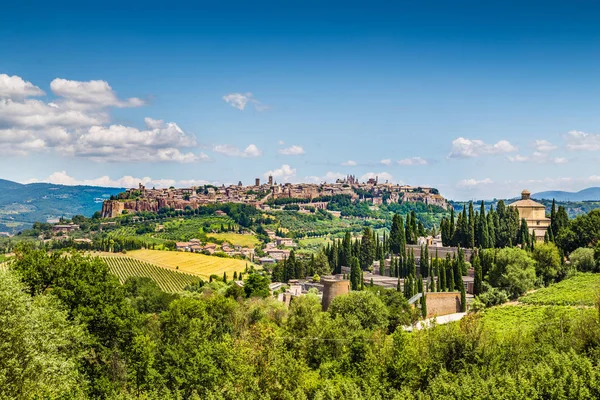
This dramatic hilltop city rises from volcanic rock like a natural fortress, connected to the valley below by cable car and winding roads carved into the cliff face. Orvieto’s cathedral is one of Italy’s most spectacular, with a facade that looks like a giant jeweled reliquary catching the afternoon sun.
Beneath the city lies a network of Etruscan caves and tunnels, some used for wine storage and others for mysterious religious ceremonies. The town has been producing wine since before Rome existed, and the local Orvieto Classico pairs perfectly with the wild boar that roams the surrounding forests.
Like Travel Pug’s content? Follow us on MSN.
Calcata
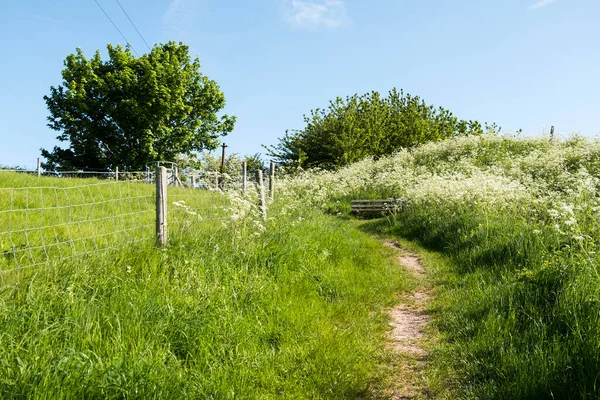
Perched on a volcanic outcrop about 30 miles north of Rome, Calcata was abandoned in the 1930s when authorities declared it unsafe. Artists and free spirits moved into the crumbling medieval houses in the 1960s, creating one of Italy’s most unusual communities.
The entire village is car-free, accessible only by a narrow footpath that winds up the rocky spire. Today it’s home to galleries, craft workshops, and restaurants that serve organic food grown in the valley below, all within walls that haven’t changed since the 12th century.
Bolsena
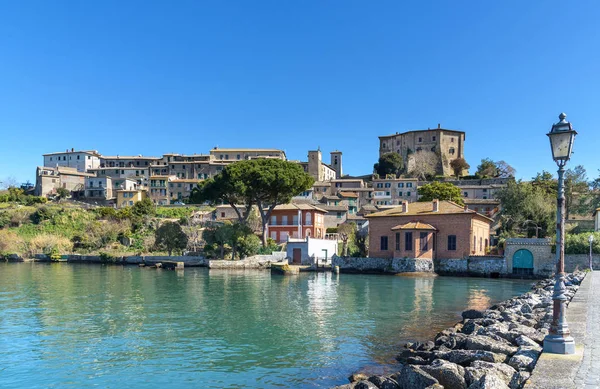
This lakeside town sits on the shores of Italy’s largest volcanic lake, about 60 miles northwest of Rome. Bolsena’s claim to religious fame comes from a 13th-century miracle when a skeptical priest saw bread turn to flesh during Mass, leading to the establishment of the Corpus Christi feast.
The town’s medieval castle guards the lakefront, while narrow streets climb uphill past Renaissance palaces and ancient churches. Local fishermen still work the lake using techniques passed down through generations, and their catch appears fresh daily in the town’s family-run restaurants.
Civita di Bagnoregio
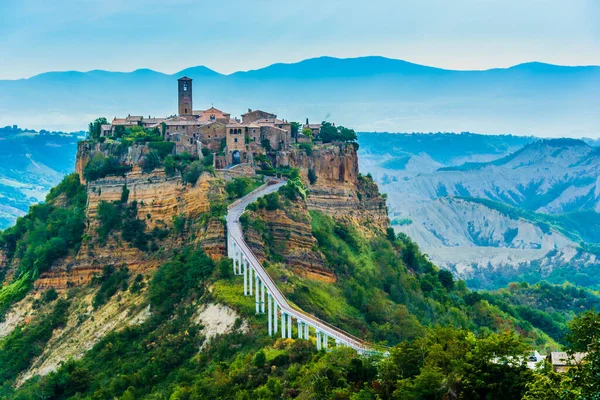
Known as the “dying city,” Civita sits on an eroding cliff that gets smaller every year, accessible only by a narrow pedestrian bridge that spans a dramatic valley. The town was founded by Etruscans 2,500 years ago and has been slowly crumbling into the valley ever since, leaving only a handful of residents in what feels like a medieval theme park.
Ancient houses built into the cliff face are held up by wooden beams, while cats wander through deserted squares that once bustled with medieval commerce. The few remaining shops sell local pottery and honey, and the single restaurant serves traditional dishes on a terrace that offers spectacular views of the surrounding badlands.
Like Travel Pug’s content? Follow us on MSN.
Montefiascone
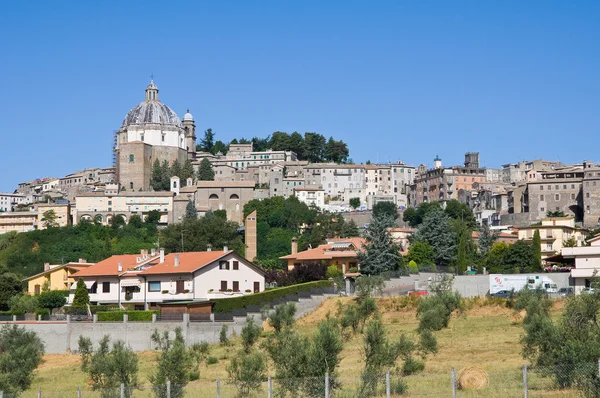
This hilltop town overlooks Lake Bolsena from its perch about 2,000 feet above sea level, famous for producing Est! Est!! Est!!! wine since the 12th century. The unusual wine name comes from a German bishop’s servant who marked exceptional wines with ‘Est’ (It is!), but found Montefiascone’s wine so good he used the phrase three times.
The town’s massive fortress-cathedral dominates the skyline, built so large it seems to dwarf the medieval houses clustered around its base. Local wine cellars carved into the volcanic rock maintain perfect temperatures year-round, and many still use wooden barrels that are older than most American cities.
Bassano Romano

About 40 miles north of Rome, this medieval town wraps around a hilltop like a stone crown, its walls and towers still intact after 800 years. The town center hasn’t changed much since the Renaissance, when the powerful Orsini family built their palace in the main square.
Ancient wells and fountains provide fresh spring water throughout the town, and many houses still use the original medieval plumbing systems. Local artisans continue traditional crafts like pottery and metalworking in workshops that have been family businesses for generations.
Caprarola
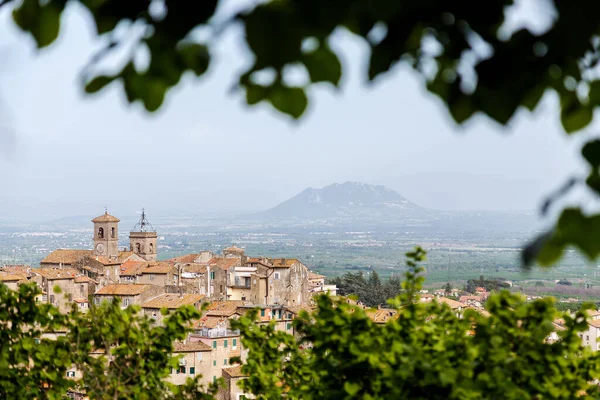
This Renaissance town was designed around a single spectacular palace, the Villa Farnese, which sits at the end of a perfectly straight street like the world’s most impressive dead end. The pentagonal palace was built in the 16th century as a fortress-residence, with spiral staircases and frescoed rooms that took decades to complete.
The town itself grew up to support the palace workers, creating a unique urban plan where everything points toward the villa. Local restaurants still serve dishes created for cardinal banquets, including wild boar prepared with Renaissance spice combinations.
Like Travel Pug’s content? Follow us on MSN.
Sermoneta
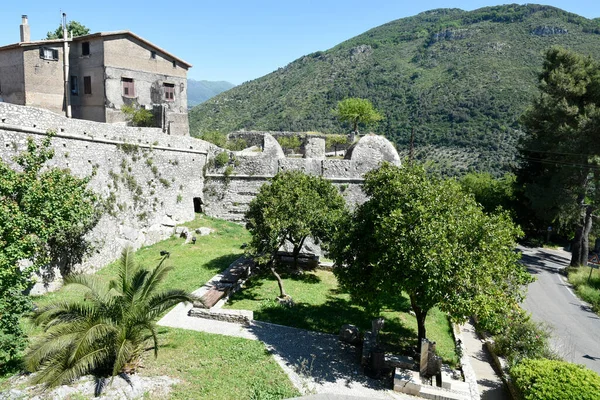
This walled medieval town sits on a hilltop about 40 miles southeast of Rome, dominated by a massive castle that the Borgias used as their stronghold. The town’s narrow streets wind between stone houses that haven’t been significantly altered since the 13th century, creating one of Italy’s best-preserved medieval environments.
Ancient crafts like olive oil production and sheep farming continue much as they did 700 years ago. The castle offers guided tours that include torture chambers and Renaissance apartments, showing how the same building served both as a fortress and a luxury residence.
Ronciglione
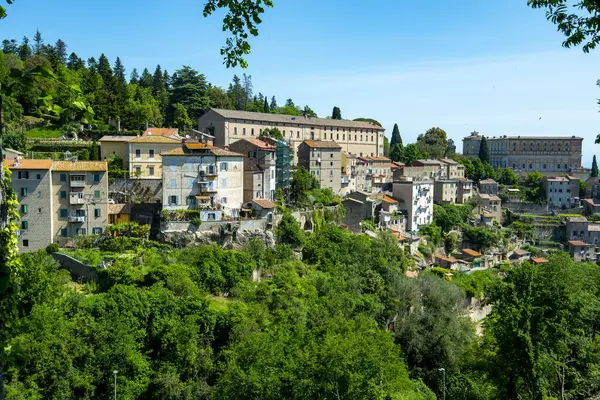
Built around an ancient Etruscan settlement, Ronciglione sits on the edge of Lake Vico in what was once a volcanic crater. The town is famous for its February carnival, which features elaborate costumes and celebrations that have roots in medieval festivals.
Renaissance palaces line the main streets, many built by Roman nobles who used Ronciglione as a summer retreat. The surrounding lake and forests provide ingredients for local specialties like wild mushroom risotto and lake fish prepared with herbs that grow wild on the hillsides.
Nepi
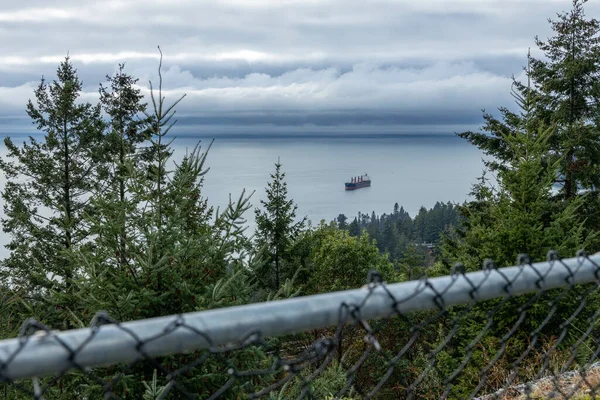
This ancient town sits on a volcanic ridge about 30 miles north of Rome, surrounded by deep ravines that provided natural defenses for over 2,000 years. Nepi’s aqueduct system, built by the Romans and expanded during the Renaissance, still supplies the town with fresh spring water that’s considered some of Italy’s best.
The medieval fortress guards the old town, while ancient walls incorporate Roman stones alongside medieval masonry. Local bakeries use the spring water to make bread that’s famous throughout the region, and the traditional recipes haven’t changed since medieval times.
Like Travel Pug’s content? Follow us on MSN.
Bracciano
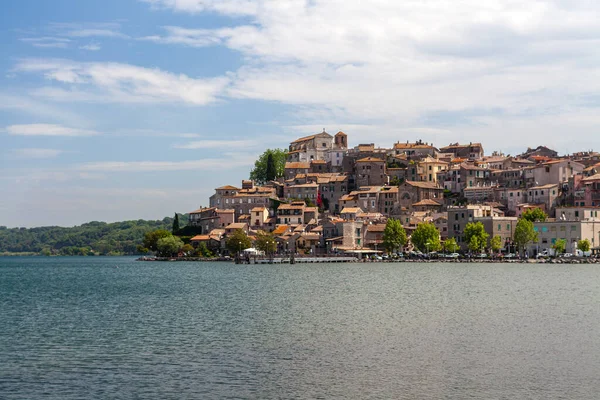
This lakeside town clusters around a massive 15th-century castle that still hosts weddings and events, including celebrity ceremonies that make international news. Lake Bracciano fills an ancient volcanic crater, providing Rome with drinking water through an aqueduct system that dates back 2,000 years.
The town’s medieval streets wind down from the castle to the lake shore, where Romans come for weekend escapes and fresh fish dinners. Ancient Roman roads still connect Bracciano to smaller villages around the lake, and you can walk sections that have been in continuous use since imperial times.
Cori
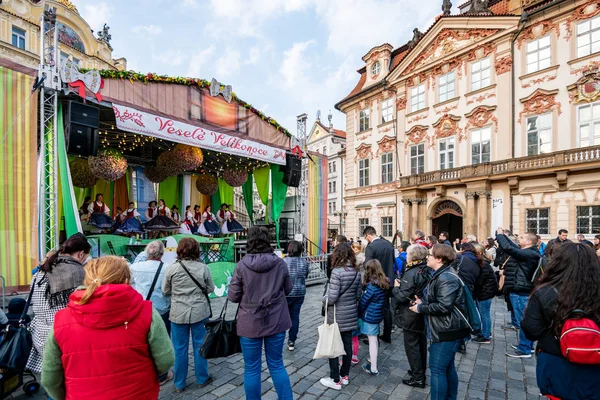
Built on twin hills about 40 miles southeast of Rome, Cori preserves more ancient Roman architecture than almost any other small town in Italy. Massive stone walls built without mortar still support entire neighborhoods, while a perfectly preserved Roman bridge spans the valley between the town’s two sections.
The town’s main temple, dedicated to Hercules, rivals anything in Rome itself, with columns and decorative elements that showcase Roman engineering at its finest. Local olive groves produce oil using trees that may date back to Roman times, and traditional harvest methods continue to be passed down through families.
The Eternal Countryside Lives On
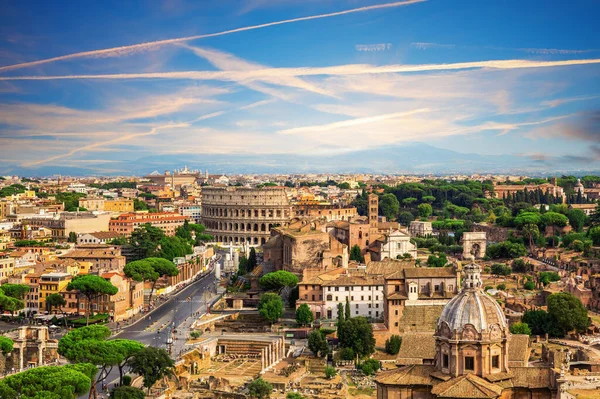
These ancient villages prove that Rome’s influence extended far beyond the city walls, creating a network of communities that have preserved Italian culture in its most authentic form. While Rome transformed into a modern capital, these hilltop towns maintained their medieval rhythms, Renaissance architecture, and centuries-old traditions.
Each village offers a different window into Italy’s layered history, from Etruscan foundations to papal palaces, all within easy reach of Rome’s bustling streets. The next time you visit the eternal city, consider taking a day trip to discover how Romans have been living outside the capital for over two thousand years.
Like Travel Pug’s content? Follow us on MSN.
More from Travel Pug

- 20 Best Beach Towns in the Carolinas
- 13 Destinations Where Tourists Regularly Regret Their Trip
- 20 Things You Actually Get in First Class
- 20 Small Airports With Aviation Museums
- 20 Places in the U.S. That Are Perfect for a Reset Trip
Like Travel Pug’s content? Follow us on MSN.
